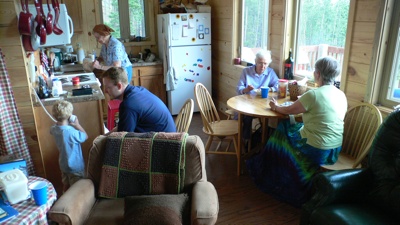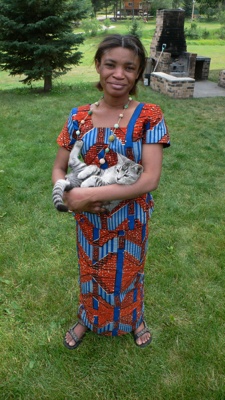I’m a regular reader of Dr. Dobb’s Journal, a monthly magazine covering the world of software development. One of my favorite columns in Dr. Dobb’s is “Nisley’s Notebook†because it mainly deals with my favorite topic: embedded systems. You can imagine my surprise, then, when I reached the end of the July 2006 column and saw my name:
Speaking of Windows ME, alert reader Trevor Harmon reminds me that it still allowed direct, user-mode I/O port control. Read more on FAT and the Microsoft patents at en.wikipedia.org/wiki/File_Allocation_Table.
I read that paragraph several times, thinking there must be some other Trevor Harmon who reads Dr. Dobb’s and had written to Ed Nisley. Then I suddenly remembered: I had, in fact, emailed Ed some time ago about his April 2006 column. Here’s how it went down:
In your April article in Dr. Dobb’s Journal called “Tight Code,†you state:
“The notion of a user program directly controlling an I/O port pretty much died with Windows 98.â€
Why Windows 98? I thought it was architecturally almost identical to Windows 95. Was there some significant difference in the Windows API that I’m not aware of? In any case, I thought direct control of an I/O port died much earlier, way back in the 1970s with the advent of UNIX and its abstraction of I/O hardware as a /dev file.
Thank you,
Trevor
To which Ed replied:
Direct I/O control died -with- Win98: that was the last Windows flavor allowing that sort of thing. WinME sorta-kinda did, too, but MS was revamping the driver model and (IIRC) discouraged using the Olde Versions.
Or maybe I just have a picket-fence error…
Indeed, the various Unix-oid systems did bring protected hardware to the university level, but the vast bulk of Windows boxes pretty much overshadowed all that. As far as the mass market goes, programmers were doing direct I/O from DOS right up through Win98 (or ME?), at which point everything they thought they knew went wrong.
Ed
I responded:
Ah, I read that as “was killed by Win98â€, as if Microsoft had developed some revolutionary product that nullified anyone’s desire for direct hardware access.
Yes, I believe ME, not 98, was actually the last Windows version to support direct hardware access. That’s one of the main reasons I was confused: It was the NT kernel, not Win98, that changed things in the Microsoft world.
Also, you used the word “notion,†and I would say that the notion died long before Windows ME even existed. Nobody (except maybe for game developers) supported the notion of direct hardware access, even though it continued to exist in legacy operating systems like Windows 9x. So I was doubly confused.
Trevor
And Ed concluded with:
Part of the job here is to write so that sort of thing doesn’t happen… I’ll drop a correction in the bitstream for the next column.
Thanks for keeping me straight!
Ed
So, this other “Trevor Harmon†mentioned in the column was me after all! I had completely forgotten about my conversation with Ed. Although I’ve published in Dr. Dobb’s before, it was still fun to see my name in print, especially in such an unexpected way.




